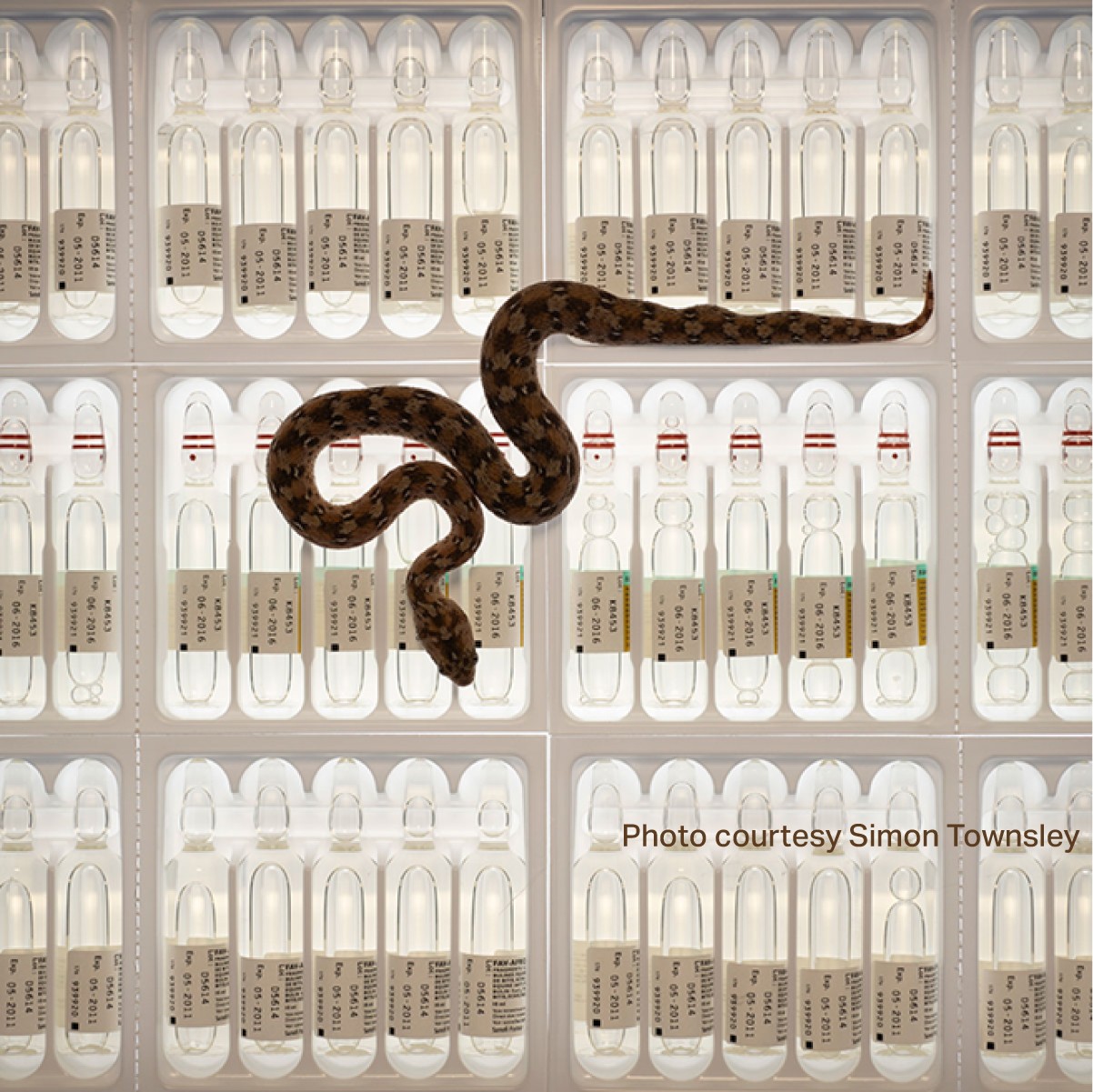Improving in vivo models for snakebite envenoming research: Refining the mouse neutralisation assay
The standard approach for assessing antivenom efficacy is the mouse neutralisation of lethality assay. This has been the foundation for preclinical testing since it was endorsed by the World Health Organisation over 40 years ago. The test involves mixing a fixed dose of venom with varying doses of a therapeutic agent prior to injection into mice – the dose of venom used is up to six times the median lethal dose (i.e. the dose which kills 50% of mice within a group) and the survival of the mice after 24 to 48 hours is used to predict the clinical efficacy of the antivenom. The test involves severe suffering for the animals due to paralysis, seizures and haemorrhages. The effects can be rapid making management of the mice and the use of humane endpoints difficult. Dr Stuart Ainsworth’s team at the University of Liverpool addressed this by establishing and qualifying an assay in which venom is administered by a clinically relevant route such as injection into a limb rather than intravenously or intraperitoneally as is the case with the current assay with the goal of slowing down the appearance of clinical signs and enabling the team to establish improved humane endpoints, including identifying biomarkers levels, that are early indicators of systemic envenoming and can be used to terminate studies.
The refined model has been developed and qualification studies are underway to assess the efficacy of antivenoms and test novel inhibitors. Envenomed mice are visibly indistinguishable to non-envenomed mice, showing no signs of suffering. Using hand-held point of care devices, systemic alterations in blood chemistry can be detected in real-time using microsamples, which has enabled markers of blood clotting to be detected with a venom dose 18 times lower than that currently used in the lethality assay, allowing further potential for refinement. Stuart has been very active in engaging key end-users, including antivenom manufacturers. In 2023, Stuart and his team organised a meeting with experts to highlight refinements to the neutralisation of venom lethality assay, with the discussion published as an opinion piece in F1000Research. The model has already been transferred to the Instituto Clodomiro Picado in Costa Rica – a world leading antivenom manufacturer where it is currently being qualified, and Stuart’s team have been providing training to researchers at the Kenyan Snakebite Research and Interventions Centre. As a direct outcome of this work, the approach utilising the point of care devices has been applied to mouse models of trauma research reducing the total number of animals required per study, is being investigated for monitoring the welfare of animals used in antivenom production and has informed the selection of appropriate point of care devices for use in human clinical trials.
In the longer term the goal is to replace the use of the mouse assay and in 2024 Dr Rachel Clare, at Edge Hill University, was funded to develop a partial replacement approach for snakebite envenoming using the wax moth, Galleria mellonella. The award is based on Rachel’s pilot data that demonstrated Galleria envenoming pathology is comparable to that in mammals in that coagulopathic venoms impair the clotting function of both mammalian blood and Galleria hemolymph, and neurotoxic venoms cause rapid paralysis in mammals and Galleria.
"The use of mice in assays to assess the efficacy of antivenoms is an area of high animal use and suffering. With NC3Rs funding, Stuart has successfully replaced the use of 800 mice per year at the University of Liverpool. The wider potential impact on animal use is huge given there are 50 manufacturers globally producing 120 antivenoms, and under current WHO guidelines each batch requires full in vivo testing with some manufacturers reporting using up to 2,000 mice per month to meet regulatory requirements. Stuart is playing a pivotal role in ensuring the findings from his NC3Rs-funded research are adopted by others across the sector."
Dr Katie Bates, Head of Funding

